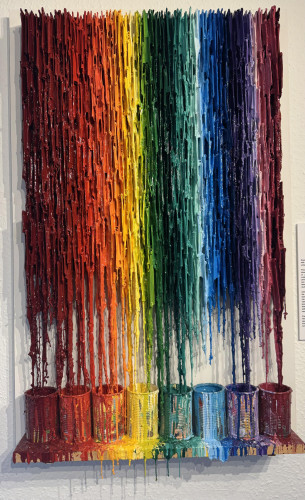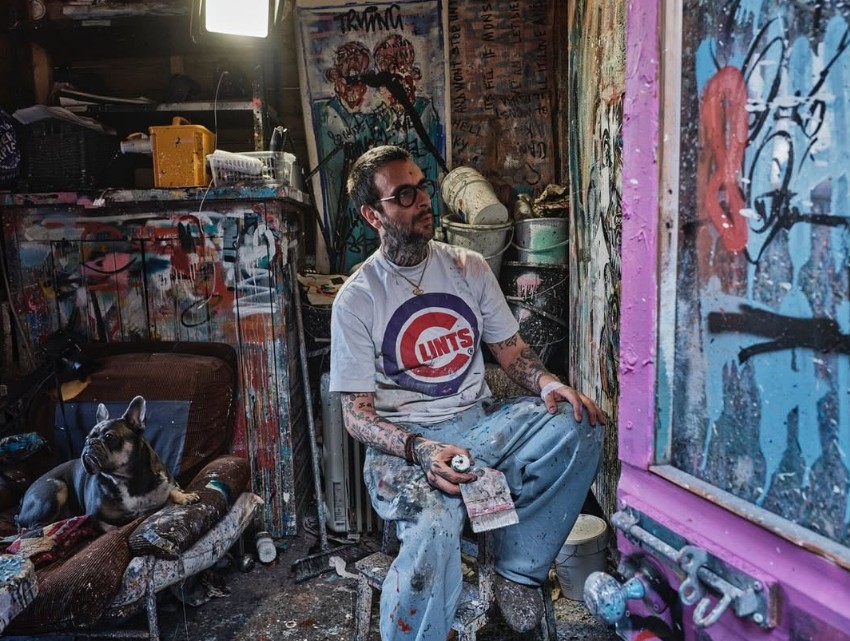Russell West

Russell West settled in Hong Kong in 1991, having visited the city many times before it was demolished by ball and chain in 1993. As the massive concrete ball was raised and dropped on the city from a height of about fourteen stories, the inner honeycomb of rooms and streets was revealed. What emerged was an impossibly complex labyrinth, riddled with electric wires and plumbing systems. The city had been constructed by its inhabitants to meet their own needs, without the involvement of a town planner or architect. It struck West that he was witnessing a genuine self-regulating "man nest." West finds the complexity and patterns of densely populated slums deeply fascinating. He believes there is much to be learned from the layouts and the ingenious, makeshift technologies developed by the people who live within them. He often refers to the phenomenon of a "desire line" - the unofficial paths that emerge when people choose the quickest route through a park or a supermarket car park, rather than the one prescribed by planners. In West's view, slum dwellings evolve in much the same way: guided by practicality rather than aesthetics, developing organically. Doors and windows are placed where residents prefer them, rather than where architectural convention dictates. Through photography, drawings, and sculpture, West has spent many years attempting to recreate what he first witnessed in Kowloon's Walled City, and later in India, the Philippines, and other parts of the world. The artistic process he eventually developed has become his most effective means
Russell West settled in Hong Kong in 1991, having visited the city many times before it was demolished by ball and chain in 1993. As the massive concrete ball was raised and dropped on the city from a height of about fourteen stories, the inner honeycomb of rooms and streets was revealed. What emerged was an impossibly complex labyrinth, riddled with electric wires and plumbing systems. The city had been constructed by its inhabitants to meet their own needs, without the involvement of a town planner or architect. It struck West that he was witnessing a genuine self-regulating "man nest." West finds the complexity and patterns of densely populated slums deeply fascinating. He believes there is much to be learned from the layouts and the ingenious, makeshift technologies developed by the people who live within them. He often refers to the phenomenon of a "desire line" - the unofficial paths that emerge when people choose the quickest route through a park or a supermarket car park, rather than the one prescribed by planners. In West's view, slum dwellings evolve in much the same way: guided by practicality rather than aesthetics, developing organically. Doors and windows are placed where residents prefer them, rather than where architectural convention dictates. Through photography, drawings, and sculpture, West has spent many years attempting to recreate what he first witnessed in Kowloon's Walled City, and later in India, the Philippines, and other parts of the world. The artistic process he eventually developed has become his most effective means
of representing the environments he observed in these slum neighbourhoods. In his work, West uses paint to create solid planes of colour, representing walls or signage. Once applied, the paint continues to move-dribbling downward with an almost accidental grace until it dries. West is amused by the thought that, at the end of each day, after locking his studio for the night, his paintings continue to build themselves in the dark, creating their own "desire lines" in full colour.
1 ITEM

